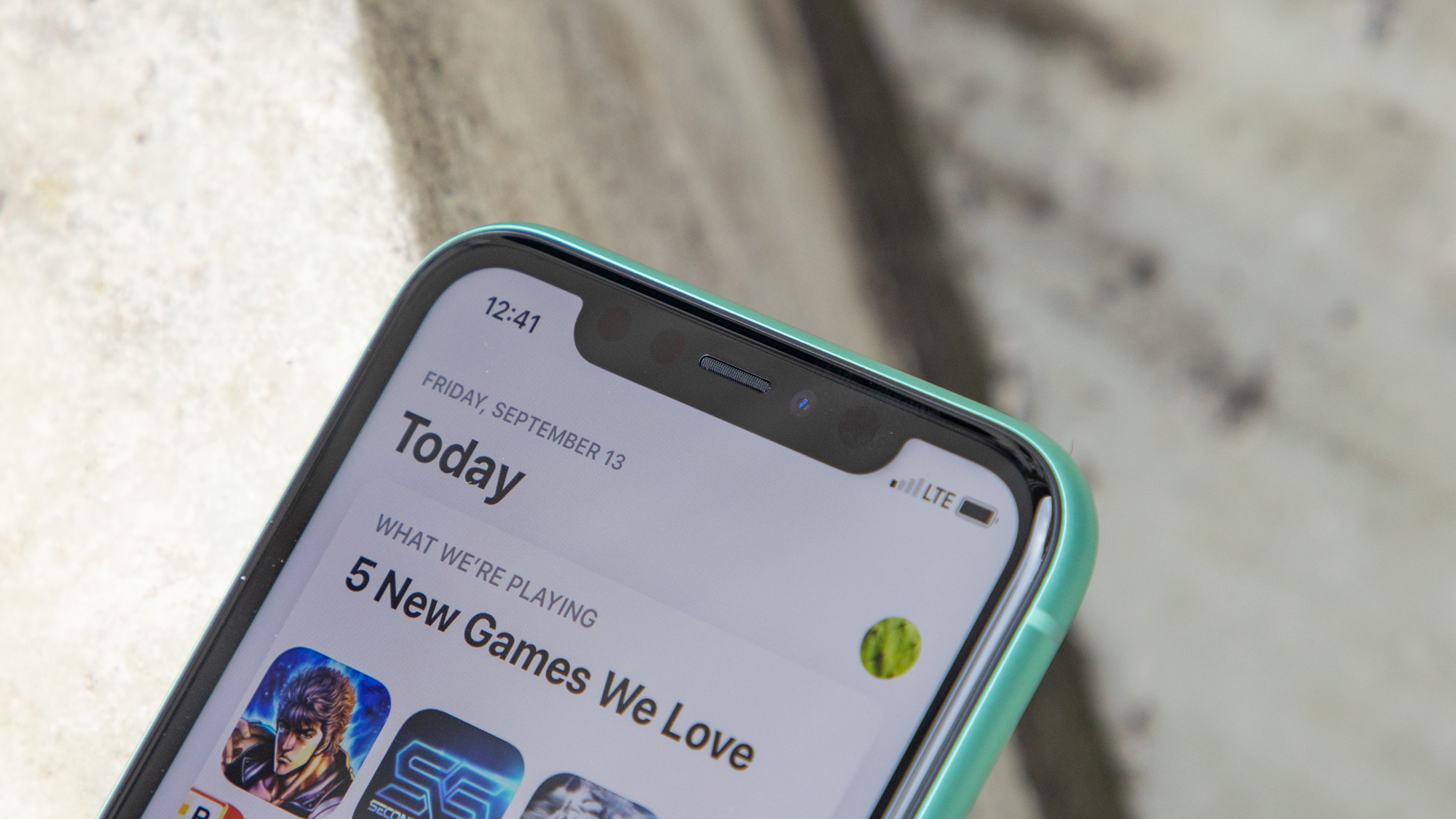Here's why your iPhone pings your location even when you tell it not to

The iPhone 11 and iOS 13 offer remarkably granular control over which apps you allow to retrieve and use your location, as well as for what reason.
Yet earlier this week, independent security journalist Brian Krebs posted a screen-recorded video depicting an iPhone 11 Pro indicating in its status bar that the user's location was being transmitted to Apple, despite the fact that Krebs had deactivated location services for every app and service delineated in the device's settings.
Krebs did leave the main location services toggle on, and after he had cycled airplane mode on and off, the iPhone once again displayed the location-services icon in its status bar. But for what reason, Krebs didn't know. Was there a secret service, inaccessible by the user, that was also gathering location data?
He got a mysterious explanation from Apple, which said this was "expected behavior" without any "actual security implications," but also added this cryptic line: "The icon appears for system services that do not have a switch in Settings."
Now we may have an explanation. Today (Dec. 5), the company provided up a more satisfying explanation to TechCrunch. And, as it turns out, it has everything to do with wireless regulations.
"Ultra-wideband technology is an industry standard technology and is subject to international regulatory requirements that require it to be turned off in certain locations," an Apple spokesperson told TechCrunch's Zack Whittaker.
"iOS uses Location Services to help determine if an iPhone is in these prohibited locations in order to disable ultra wideband and comply with regulations."
Get instant access to breaking news, the hottest reviews, great deals and helpful tips.
"Ultra wideband" refers to a class of radio waves that allow for high-bandwidth data transmissions over short distances. Verizon is using ultra wideband to deliver its millimeter-wave 5G network, and Apple employs ultra wideband so that its hardware can detect other Apple devices equipped with ultra-wideband support, presumably for rapid peer-to-peer data exchange.
Ultra wideband is not used extensively at the moment, though it is likely to become hugely important in coming years. For example, we just learned that Cupertino is thinking up ways to let users AirDrop file simply by pointing phones at one another.
However, because ultra-wideband technology deals in electromagnetic radiation, it's highly regulated worldwide — for health reasons and to avoid interference with other radio waves.
That means there are certain areas where ultra-wideband signals can't be used, and iPhones need to determine whether they're in one of those areas before they can switch on ultra wideband. Location services, as we've now learned, is how devices make that call.
Apple added in its note that the use of location data for ultra-wideband purposes is performed "entirely on the device," and that none of that data makes it to the company's servers.
So if you've ever seen that pesky location-services arrow icon pop up when you're dead certain you've turned off just about everything that could be using it, you can sleep softly now — your location wasn't being mined against your will. Well, at least this time.
Adam Ismail is a staff writer at Jalopnik and previously worked on Tom's Guide covering smartphones, car tech and gaming. His love for all things mobile began with the original Motorola Droid; since then he’s owned a variety of Android and iOS-powered handsets, refusing to stay loyal to one platform. His work has also appeared on Digital Trends and GTPlanet. When he’s not fiddling with the latest devices, he’s at an indie pop show, recording a podcast or playing Sega Dreamcast.
